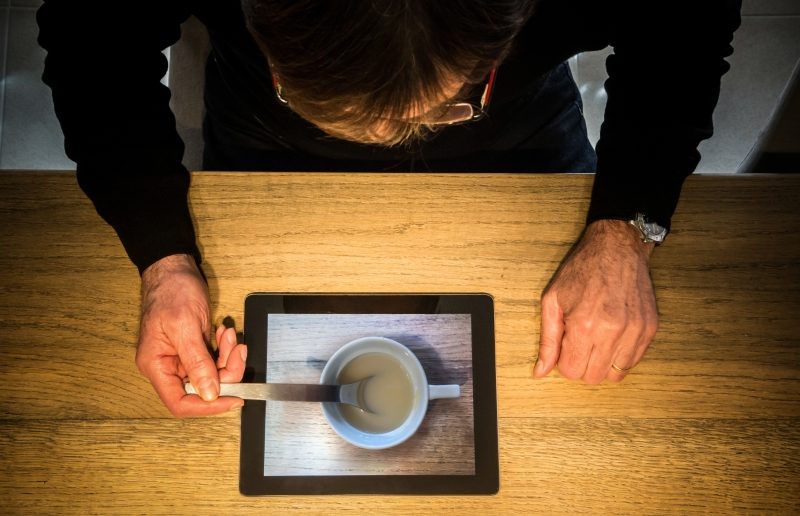by Erich Hugo, Business Development Director, BAS ITG
It is becoming something of a truism that digital product design is disrupting traditional industries. I think it is interesting, though, to focus on how this is happening, and especially in retail, where consumer experience is a vital element.
Four emerging retail models
A recent World Economic Forum report identified four emerging business models in retail. All are driven by digital, and all are disruptive. But they are quite different in their essence, and in the sectors to which they lend themselves most readily. These neatly capture trends we have been tracking in our annual design trends studies
The ‘Next Generation’ Sharing Economy – This is perhaps the oldest form of digital disruption, originally led by ebay and Etsy. Customers rent high-value goods or buy them used, because customers do not need to own goods that they only want to use once. This is an old model—libraries, for example, have been around for several hundred years—but has gained new currency with the ability to bring together owner and user online.
The Personalisation Economy – This describes the ‘curated subscription’ model: the ability to supply personalised high-value goods on subscription. Services might include, for example, books or clothes, tailored to customer preferences. The idea is to provide goods that will delight and surprise the recipient. It has become much more possible as machine learning algorithms have improved.
The On-Demand Economy – Like the personalisation economy, this provides goods when they are needed, but is designed to cater for those low-value, low-engagement goods that people are not interested in, but do not wish to run out of. These include products like toner cartridges and washing powder. This model relies on connected devices reordering products when they have run out.
The Services Economy – In this model, rather than doing things for themselves, consumers get someone else to do it for them. They buy a service, rather than a product. At a business level, this is familiar territory, with offers like infrastructure-as-a-service, and more recently, analytics-as-a-service. It is also a reasonably familiar model for consumers—consider the beauty industry, for example. The potential for disruption comes in being able to predict when a customer will need the service, rather than waiting for them to get in touch.
The next generation of design-enabled disruption
These models may sound familiar in their essence. There are, after all, only so many ways of buying and selling. But what we have seen recently is that these models have been applied in new and different industries, and in ways that nobody had envisaged.
The Internet of Things (IoT) has potential to accelerate this process, melding industries together. Digital platforms are a great equaliser, and businesses will need to find a way to differentiate themselves again. In other words, they can rely less and less on distinguishing themselves via their products: they have to do so by the experience they offer their customers.
The only way to generate customer loyalty is to create ‘love’ as a trusted partner. This follows in B2B just as it does in retail. This should not be a static concept, either. Ironically, although it is digital platforms that make it possible, moving to this kind of ‘trust-based’ relationship relies on people as well as algorithms. People therefore become a key asset, because they enable human-to-human contact.
I think we will see a move further and further towards personalisation over time. This kind of service has always been available to those who were prepared to pay. But now it is available to everyone, because digital platforms have made it so much cheaper. A higher level of bespoke products is likely to mean less waste—a key driver of the sharing economy—and therefore reduce costs still further, including in commodity markets. We all value convenience, and that is what these models offer.
The long view
These models are not without their challenges, of course. For example, apps that allow you to have restaurant food delivered, such as Uber Eats, work well in a large city, but not so well if you live out in the country, or in a smaller town. The on-demand economy depends heavily on economies of scale.
But this kind of challenge aside, the IoT, and digital technology more generally, are forcing whole industries to look again at how they provide goods and services. The move is towards allowing digital technology to do the ‘heavy lifting’, and then bringing in people to add the personal touch. It is a new way of working, but one that I believe is changing the world. And is it a prospect that is truly exciting for product designers.
About Erich Hugo
An energetic strategist, business developer and innovator of note, with a qualified background in Retial,Web, Internet Entrepreneurship, Innovation, Business, New Media and Mobile Hardware and Software Technology combined with polished communication skills. Erich has started many companies and has a strong digital business understanding and a natural interest in motivating and empowering digital businesses , which is effectively combined by his technology know-how and silly sense of humour.


1 Comment
Nicely summarized Erich. Your post got me to think if geographic diversity in a country will be enhanced by technical disruption where the on demand service models require a certain volume in order to be profitable? Like with your UberEat example.